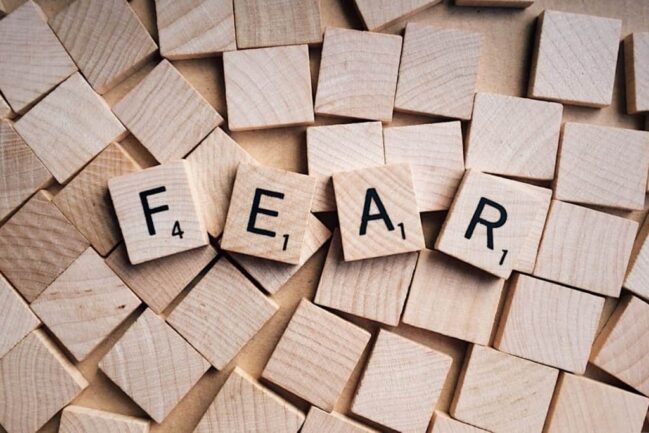Blog
What are the 5 most common phobias?
August 7, 2018
3 minutes, 15 seconds

Firstly, it’s useful to define what a phobia actually is … the NHS Choices website defines phobias as ‘an overwhelming and debilitating fear of an object, place or situation, feeling or animal.”
It is more extreme than fear in the normal everyday sense and develops when a person has an exaggerated or irrational perception of danger or threat about a particular thing. So, for example, being a bit wary of spiders isn’t the same as being arachnophobic. Phobias aren’t always entirely irrational – in the sense that some spiders, for example, ARE dangerous and should be avoided. But a phobia will assume that ALL spiders – even a tiny house spider – is a threat.
In Jungian psychology, archetypes can help explain the existence of snake and spider phobias in people living in urban environments where they would have never encountered dangerous creatures. In fact, in the UK, electricity is a far greater danger and accounts for many injuries and fatalities, with electric ovens being the leading cause of these, accounting for almost 700 deaths and serious injuries each year (2015/2016 figures). However, electrophobia is much less common – despite the threat being far more real in countries like the UK, whereas few as 12 people have died from snake bites in the last century and there have been no recorded spider related deaths.

So what are the 5 most common phobias?
1) Arachnophobia – fear of spiders
Arachnophobia is the most common phobia – sometimes even a picture can induce feelings of panic. And lots of people who aren’t phobic as such still avoid spiders if they can.
People with arachnophobia tend to feel very uneasy in settings which could harbour spiders or have visible signs of their presence, such as webs. This can make Summer a difficult time of year, because they may not feel comfortable sitting in the garden or taking a walk in the countryside.
2) Ophidiophobia – fear of snakes
This perhaps has its roots in culture and evolution – many snakes are poisonous so avoiding them was an essential survival tactic. Luckily in the UK, there is less likelihood of encountering one. The only venomous snakes in the UK are adders and their numbers are in decline. Moreover, they are actually very timid and only bite as a last resort.
3) Acrophobia – fear of heights.
This belongs to a category of specific phobias, called space and motion discomfort.
The word is a combination of the Greek ‘phobus’ meaning ‘fear’ and ‘acron’ meaning ‘height’. Acrophobia can affect a person in a variety of situations including air travel, crossing bridges, even travelling up an escalator. It can be extremely limiting and prevent sufferers from participating in activities that most people take for granted.
4) Agoraphobia – fear of situations where escape is difficult.
This can lead to people avoiding all sorts of different situations – open spaces, crowded places, etc. It can get so severe that some sufferers end up not wanting to leave their homes at all. As such, agoraphobia can be very restrictive.
5) Cynophobia – fear of dogs.
Cynophobia is a specific animal phobia. Around a third of people who seek treatment for specific phobias have an irrational fear of dogs or cats. Around 24% of the UK population own a dog, which represents an estimated population of 8.9 million pet dogs, according to the PDSA’s PAW Report of 2017. That means that your chances of running into one are relatively high. And people with cynophobia may experience symptoms just thinking about a dog.